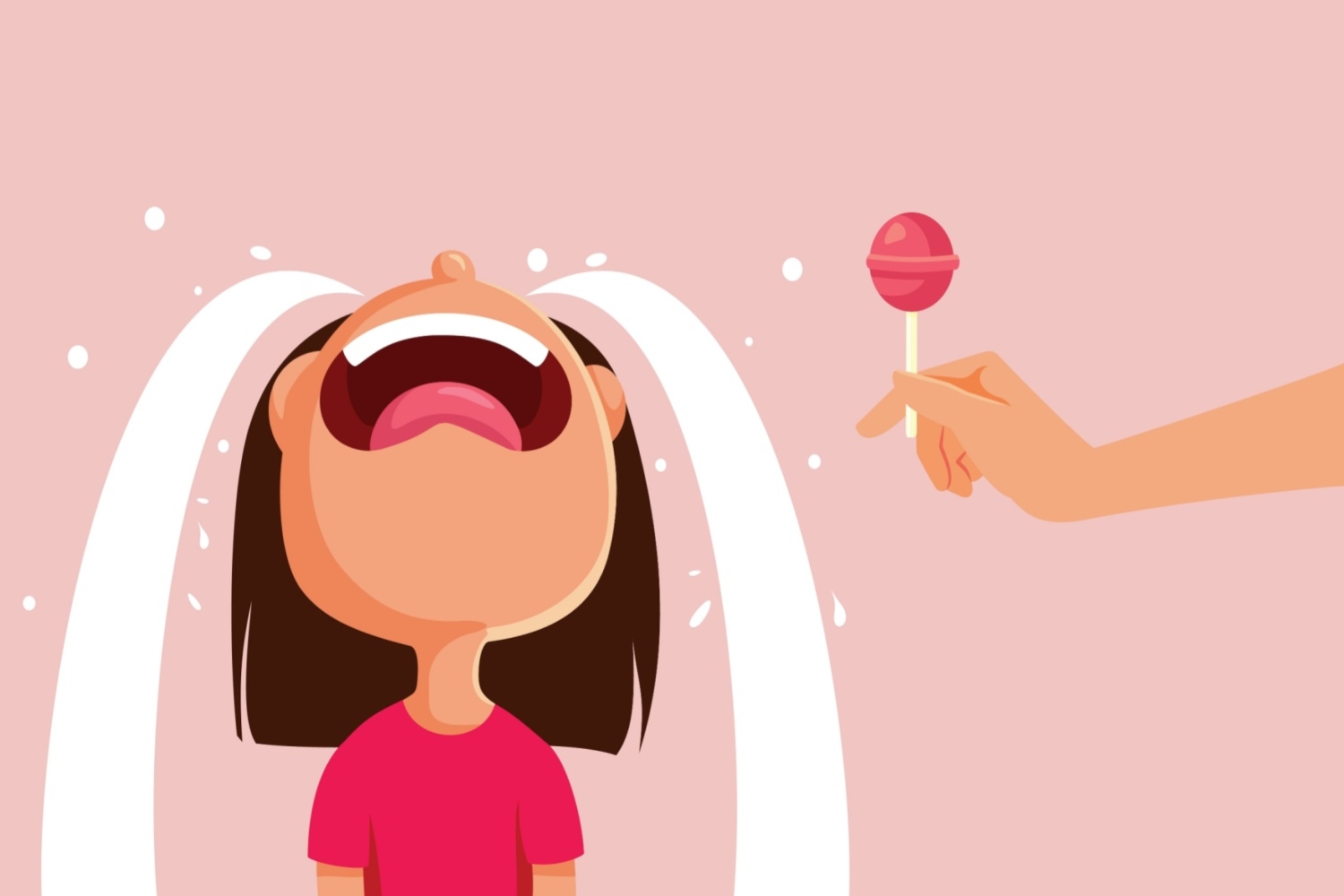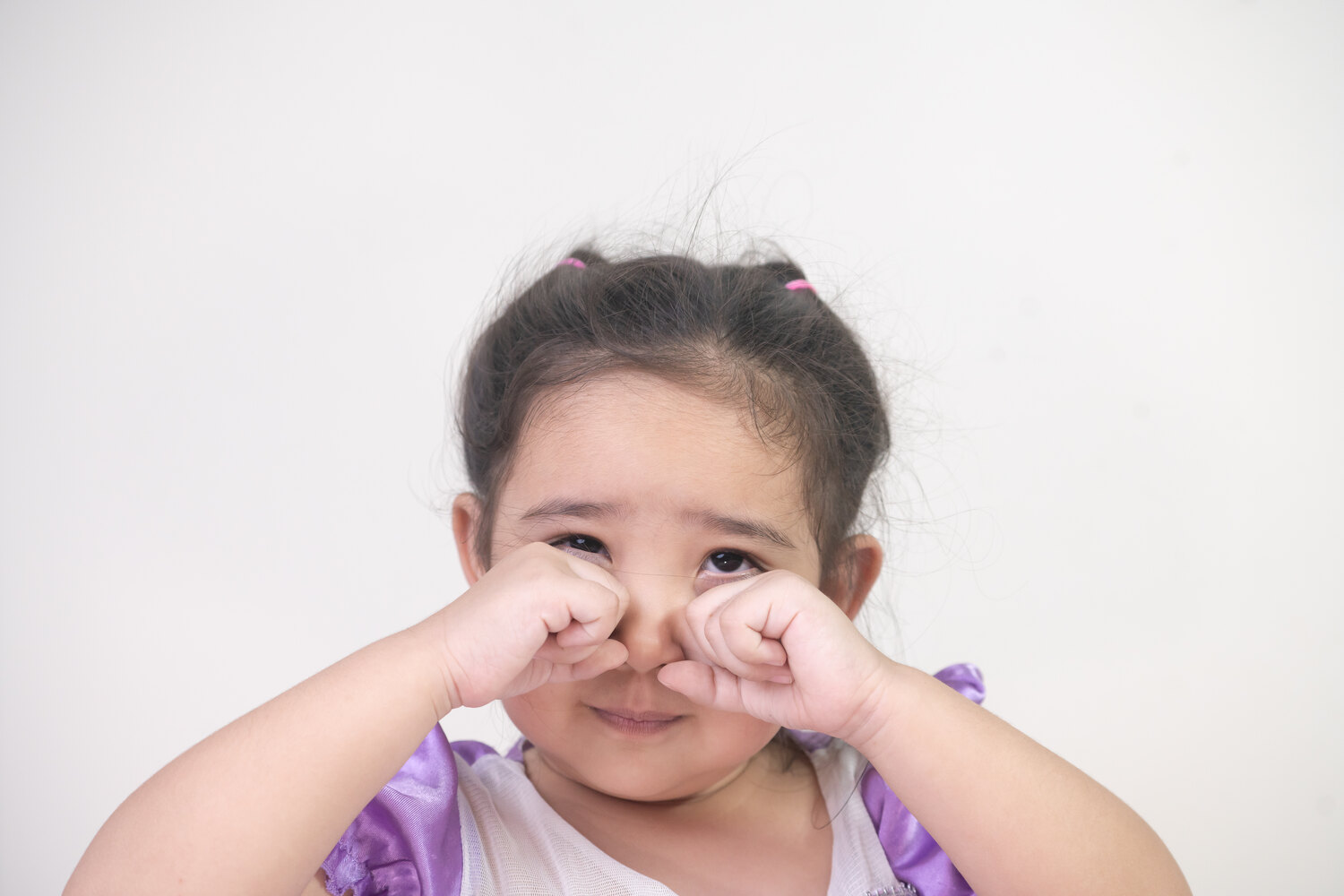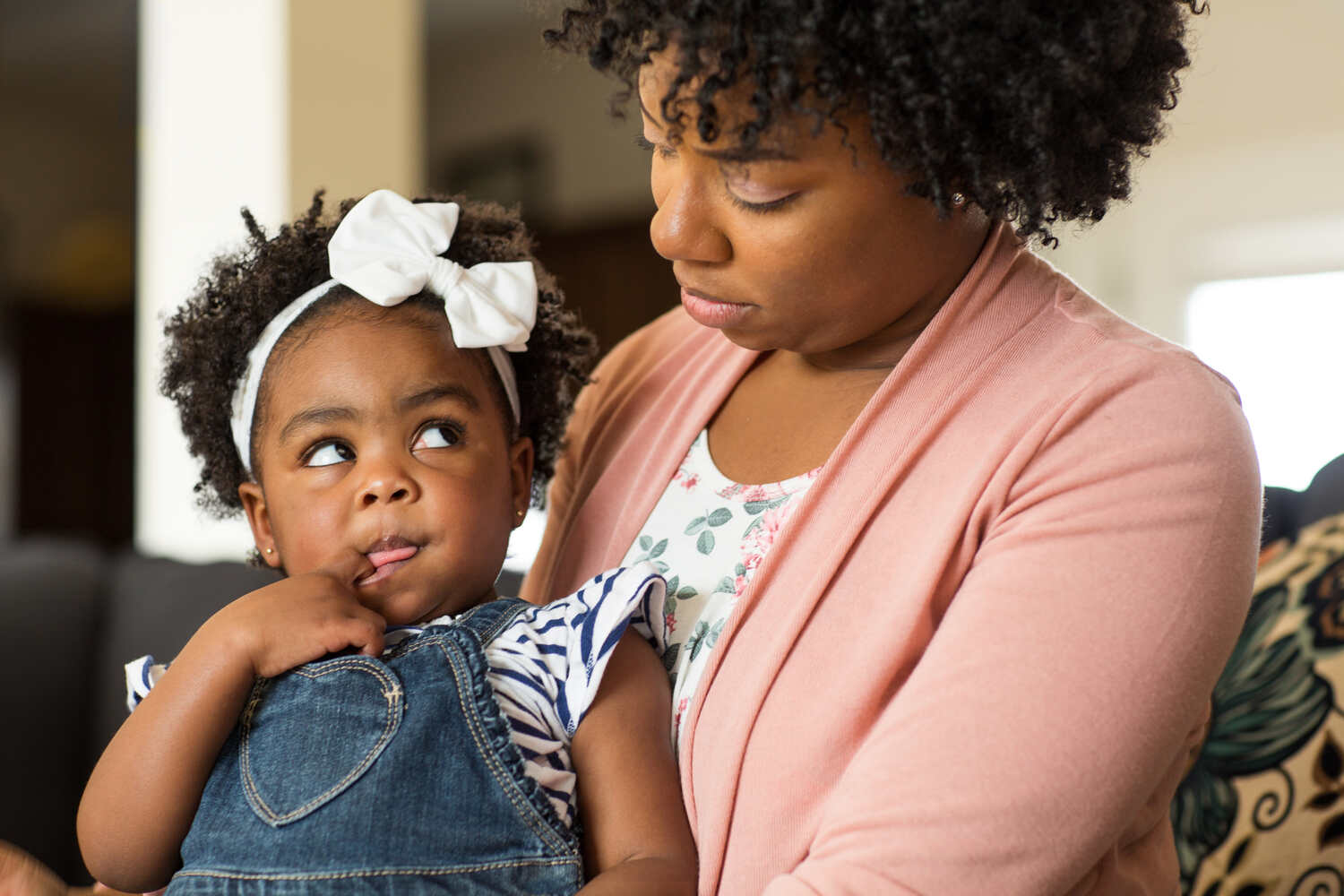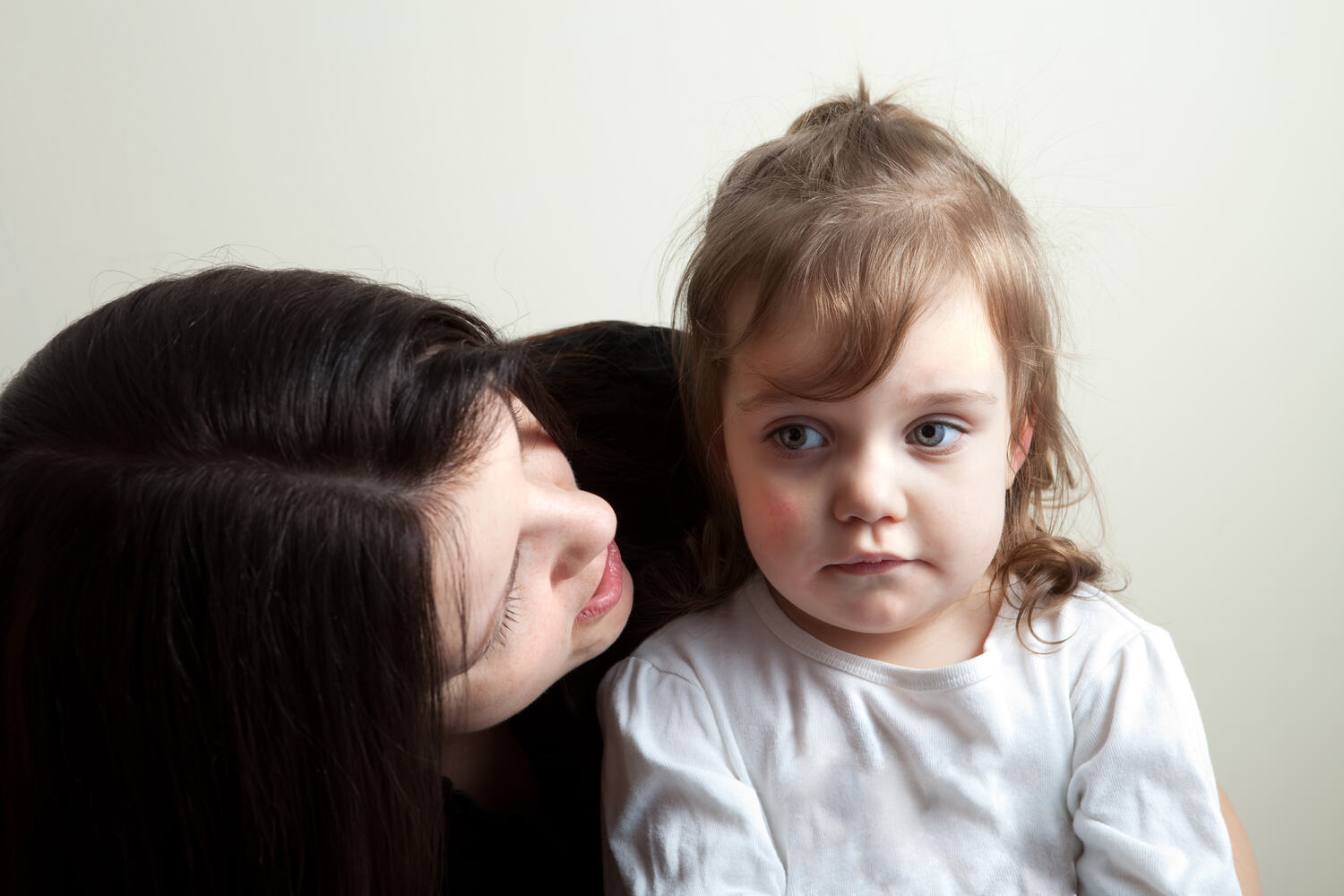
Are you upset at your toddler’s fake crying? Have you, as a parent, wondered how your little munchkin melts into a puddle of tears at every instance, you say a “no” or they see you “busy” with something or someone else? Why, these tears do get the toddler what they want, or they can get their mom to read one more story, or pester dad into one more family fun game. Or simply, get your attention from anything or anyone you are busy with, even if the toddler was very much comfortable just a nanosecond ago.
This crying is fake crying, and yes, it is time for parents to seek out tips on “how to deal with a toddler’s fake crying?” In this way, parents can help their tiny tots achieve better emotional control.
What is Fake Crying?

Fake crying in toddlers occurs when they show being upset with false tears and distressed sounds. There is no genuine reason involved for being upset. Toddlers often use this tactic to gain parental attention or support. Sometimes, fake crying acts as a tool to avoid harsh consequences when the toddler already knows that they have committed mischief. Study findings reveal that toddlers may show positive emotions just before or after a fake crying episode, as they know that they’re pretending a crying spell (1).
At What Age Do Kids Start Fake Crying?
Typically, toddlers’ fake crying begins at 2 years and may continue till the third or fourth year as well. When toddlers realize that simple talking will not get them what they want from their parents, they resort to fake crying. Most toddlers fake cry just to seek attention from their parents.
How to Tell if Your Toddler is Fake Crying?

Detecting a fake cry in toddlers is quite tricky. Some of the notable signs of fake crying are as follows-
- Fake crying is sudden and exaggerated
- It occurs without a trigger
- Crying stops when toddler achieves what they wanted
- No consistent signs of sadness when they cry
Why Do Toddlers Fake Cry?

While common, it slowly becomes a learned behavioral trait where toddlers understand that their tears do have immediate compliance, and this action has absolute power over others. Sounds alarming eh? That is why it is necessary to understand the reasons for fake crying in its early phase, lest you get manipulated over small things by your toddler.
1. They Want Attention
Toddlers cry to get their parent’s attention. Whether it is hunger, pain, over-stimulation, need of change, boredom or any other reason, they resort to crying. Sometimes it is something they want their parents for, like playing another game, or 10 extra minutes of TV time, or extra hugs and kisses than what their sibling got. And sometimes, they cry because they want to get their parent’s attention, without any reason whatsoever.
2. They Are Going Through an Emotional Phase
A divorce, a loss of a pet, a death in the family, etc. can all make your toddler feel unsafe. They get into fake crying at such instances because they are dealing with unfamiliar situations and want their parents to be around. This fake crying slowly stops once they become used to the new environment.
3. There is a Change in Routine
A change of routine, a new house, a new school, or a new caregiver can all send a toddler into a frenzy and they may cry crocodile tears to fight their feelings resisting the change. This fake crying stops as soon as they settle into a new routine.
4. They Are Unable to Express
When toddlers are learning language, they have a hard time because they do not have words to express the million emotions they are going through. At this stage, they go through episodes of fake crying because they are less verbal, yet somehow want to express themselves. Speech delay is one major reason your little one uses tears to express themselves.
5. They Want Something
Some toddlers who have understood that their parents react to their crying the way they want, resort to fake crying when they want a new toy or a new book. Toddlers at this stage purposefully use fake crying to get what they want and toddler tantrums are quite common. Parents who repeatedly give in to these situations will continue to be manipulated by their little ones.
Is Fake Crying Bad?
Fake crying is a normal developmental process. As toddlers lack enough words to express their deepest feelings, they may resort to fake crying as a means to gain parental attention and time. It is not bad if it’s done once in a while. However, if fake crying is frequent, it can become a faulty habit. At the same time, it can be annoying for the parent as well.
How to Curb Fake Crying in Toddlers?

First, be sure that the toddler is actually not in any discomfort or problem before going to any of these tips. If all seems well, and you notice your toddler suddenly burst into unnecessarily crying or fake crying just to seek attention, here is what you can do-
1. Tell Them You Know It’s Fake
In a stern yet calm tone of voice, tell your tiny tot that you know these are not real tears and you know they’re faking it. This approach works well occasionally when toddlers are taken by surprise and will stop crying as they feel they have been caught.
2. Distract
Distraction works best for toddlers who are faking tears. If they are crying for some genuine reason, they will continue to cry till the issue is attended to. However, in case it is just a tantrum, a funny song, a riddle, or a question may simply make your tiny one join in and stop fake crying.
3. Get to The Source
Ask them what is wrong, because they have a hard time expressing themselves and sometimes they cry so that someone can react and take them out of a problem. Ask simple, open-ended questions and attend to the issue. If there is no issue, sternly explain to your toddler that fake crying is a bad way to get attention.
4. Ignore, Sometimes
Ignoring an episode of fake crying could be hard on parents, yet without any reaction, most toddlers will stop fake crying. However, make sure that they’re safe and in no danger whatsoever, and then leave them alone. Remember, any response that they get regularly when they shed fake tears, will encourage them to fake cry more.
5. Give in, Sometimes
Sometimes, like really sometimes, give in to fake crying. Like another story, or another hug or kiss. Sometimes, it really means a lot to a toddler when they get that extra bit of attention and love from you. But remember, choose when to give in carefully, and do not repeat giving in regularly.
How to Prevent Your Toddler’s Fake Crying?

As parents, you can use certain tips to prevent fake crying such as the ones discussed here –
- Teach them communication skills, so that they can verbalize their issues to you clearly without crying
- Be a positive role model for them. Never fake cry in front of them, even in a fun mode
- Establish consequences for fake crying beforehand so that the toddler knows what can happen if they pretend to cry and cause annoyance to others at home or elsewhere
The bottom line is to stay calm and composed and choose when you will give in to fake crying. Do not scream or feel embarrassed, all toddlers and parents go through this phase and they come out of it slowly through constant disciplining.
FAQ’s
1. How Can I Help my Toddler Learn to Express Their Emotions Without Fake Crying?
You can teach them simple words to express their needs, wants, and feelings instead of fake crying. Let them know that if they use words and gestures, you’ll listen to them and not otherwise.
2. How to Tell The Difference Between Real Crying And Fake Crying?
Real crying involves pain and discomfort and it shows up in the toddler’s face. However, fake crying is devoid of genuine motives. The toddler does it just to gather the parent’s immediate attention.
3. Is it Normal For Kids to Fake Cry?
Yes, it is normal for toddlers to fake cry because they think it is the easiest way to get what they want from parents and caregivers. It is a handy tool to achieve time and involvement from elders.
References
- Nakayama H. Changes in the affect of infants before and after episodes of crying. Infant Behav Dev. 2013 Dec;36(4):507-12. – [https://pubmed.ncbi.nlm.nih.gov/23732624/#]

